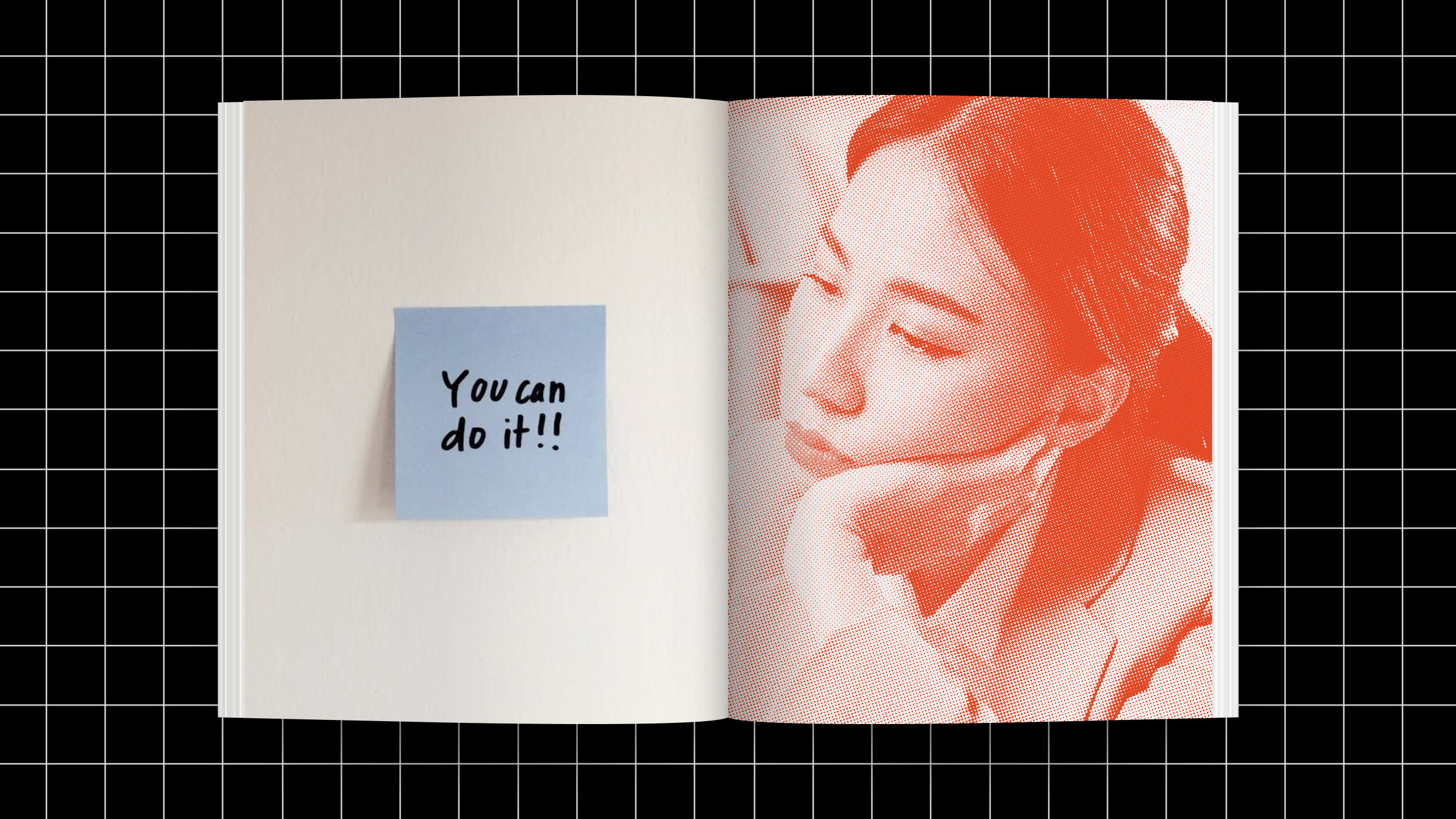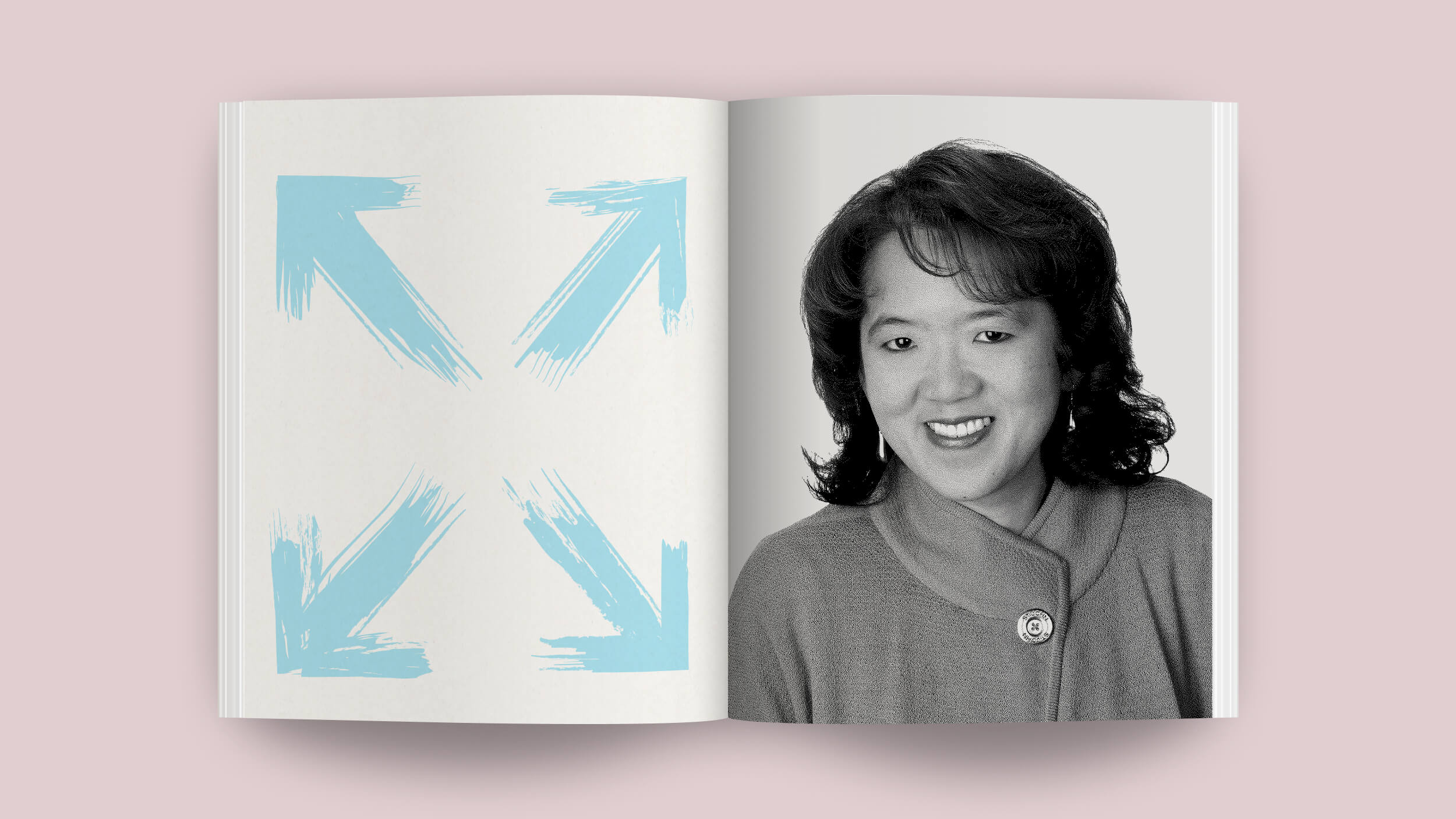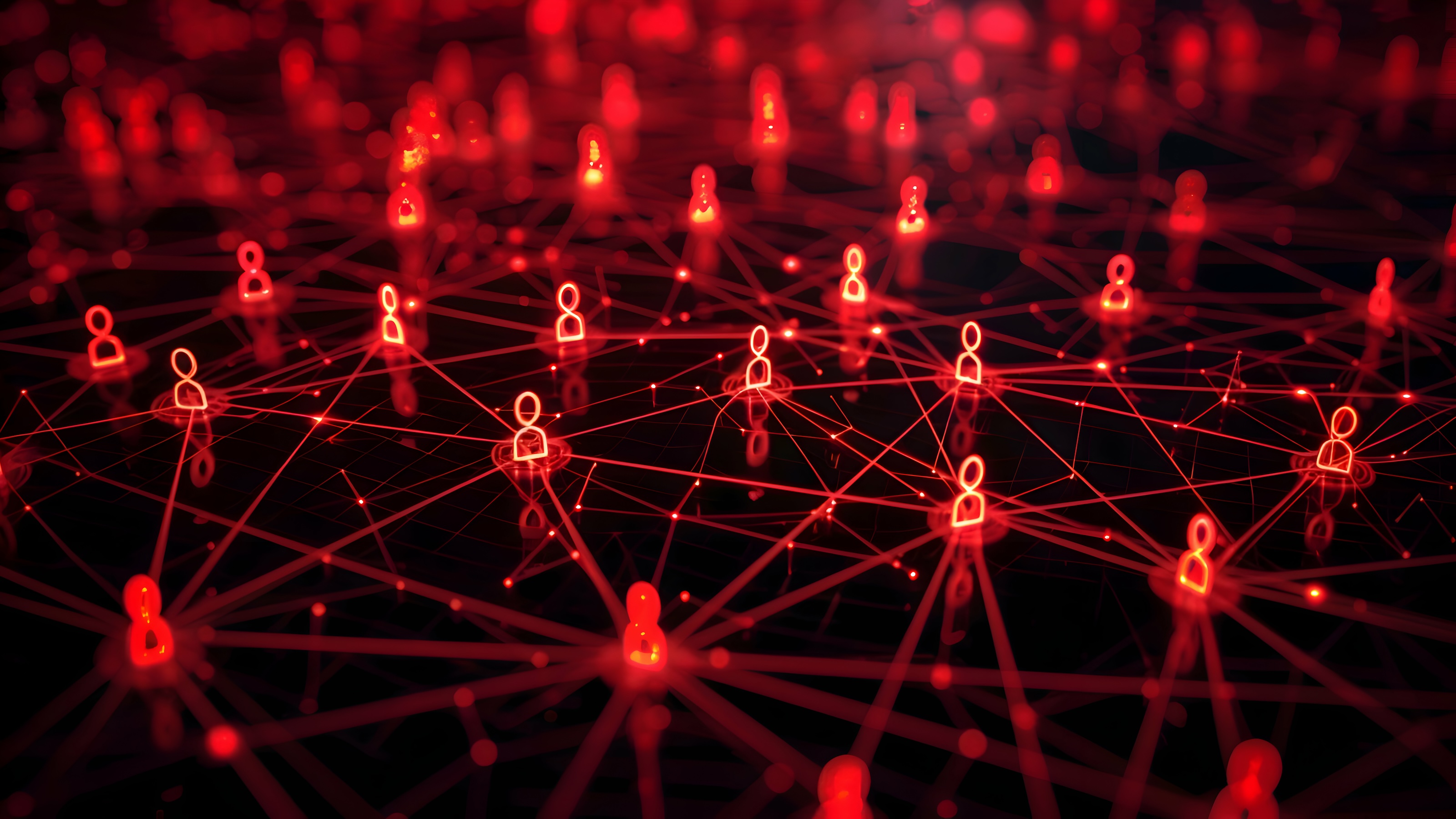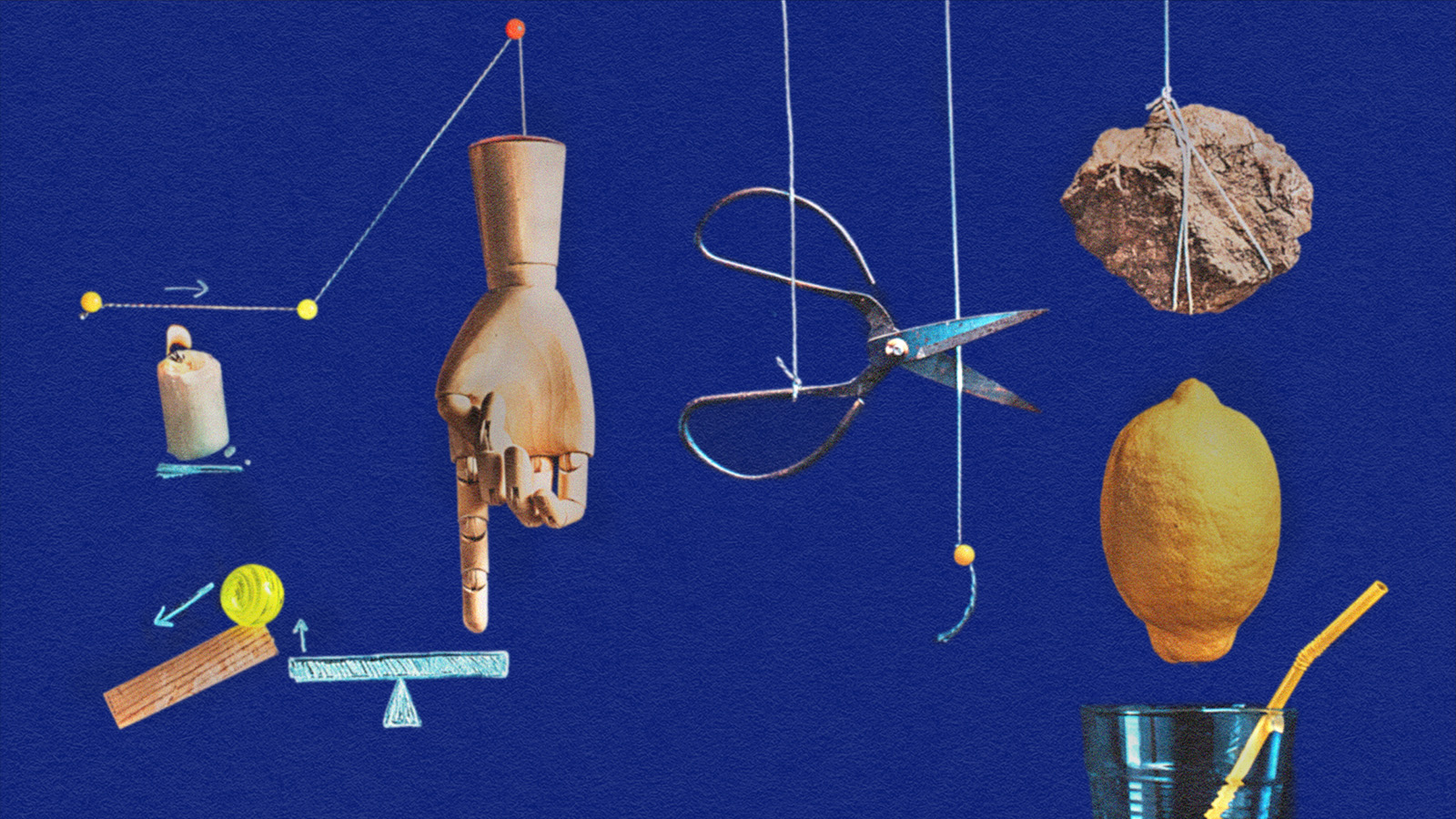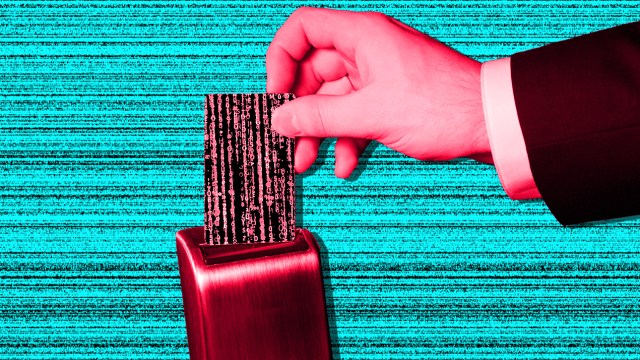Diversity and inclusion: Companies need both but there’s a crucial difference

This series on diversity and inclusion is sponsored by Amway, which supports a prosperous economy through having a diverse workplace. Companies committed to diversity and inclusion are better equipped to innovate and drive performance. For more information, visit amwayglobal.com/our-story.
In an effort to allow us all to thrive, and to capitalize on our unique potential, there’s been a growing awareness of the need to promote diversity and inclusion in our workplaces. Diversity and inclusion are often discussed together as a single thing, “D&I”, which risks conflating their meanings. But they are very different concepts, each with its own challenges. And most importantly, diversity without inclusion is mostly meaningless.
“Diversity is being invited to the party. Inclusion is being asked to dance.” — Verna Meyers
Who are we?
As a country of immigrants and a nation that puts so much value on being an individual, the United States is rich human mosaic, and one of tremendous fluidity. According to the Pew Research Center, there will be no majority racial group in the country by 2065 with the white population dropping to about 46%. Hispanics will be at 24%, Asians at 14%, and the black population at 13%. Gallup finds that 10 million Americans (about 4.1%) currently identify as LGBT, though the U.S. Census Bureau will only begin asking about same-sex marriages with the 2020 census. Our beliefs are in flux as well. White Christians are currently less than half the population as more people self-report being atheist. When it comes to age, the labor pool is made up of people of all ages, with nearly half of those over 55 still working or looking for work.
Any view of America as any one thing—color, gender, or religion, for example—bears little relation to reality, and this is truer each day.
America is diversifying, make no mistake. And so, inevitably, will its workforce.
The basic definitions of diversity and inclusion
Diversity can be defined as ‘the inclusion of different types of people (such as people of different races or cultures) in a group or organization…’
That seems simple enough, and it is. In the workplace, it’s about giving equal opportunity to all individuals, regardless of the social groups they belong to. “It’s easy to measure diversity: It’s a simple matter of headcount,” say Laura Sherbin and Ripa Rashid in their article in Harvard Business Review.
Being part of a company is one thing but inclusiveness is about being given a genuine role in the business through an environment that welcomes and values your input.
While companies need to be concerned with both diversity and inclusion, the principal responsibilities for achieving each lie in two different departments, and must ultimately be addressed separately. Diversity occurs during hiring. Inclusion involves maintaining a professional and productive atmosphere where all employees feel like a valuable part of an organization.
The diversity challenge

Given that diversity is so tangibly trackable, it may be as far as some companies get. It’s checkbox-ready: “Do we have enough of these, these, and these?” A company can demonstrably diversify its workforce, present the numbers to stockholders and customers, and this checkbox gets checked. Unfortunately, without inclusion, it simply results having a more varied group of disenfranchised employees. Katherine Reynolds Lewis puts it well:
It’s not enough to have a Benetton-like rainbow of colors and genders throughout a company’s annual report, executive ranks, or even around the boardroom table. The key is when those diverse perspectives and individuals actually have an impact on the decisions that are made at a company.
The inclusion challenge
It may be harder to measure, but it’s widely understood that inclusion can be absolutely key to success, even beyond its relationship to diversity. In truth, current business strategy suggests that it’s always important to get from each employee what he or she uniquely has to offer, regardless of a company’s demographic makeup. A lack of inclusion holds back any business, undermining the potential inherent in any group of employees, diversified or not.
Inclusiveness requires effective, mutually rewarding leader-employee interaction, and it depends on a range of soft skills on the part of management. These are hard to teach and learn, but they’re essential skills for any successful leader.
One key to successfully promoting inclusion for a diverse workforce is to ensure that each person is viewed as an individual with his or her own talents and needs, and not via some demographic shorthand. Further, it’s a great idea to construct diverse project teams to establish relationships beyond existing social boundaries. And there’s no need to worry that an invitation to participate could offend someone born outside the U.S., either. Research shows that inclusive management is highly regarded in today’s business world across the globe. Inclusion works everywhere.
The opportunity of inclusion
An inclusive workplace results in employees experiencing greater job satisfaction due to a more deeply felt commitment. This, in turn, leads to less employee turnover, and that saves money and time. Inclusion also increases an employee’s investment in the company and allows the development of a deeper understanding of its business. The employee’s input becomes ever more useful.
Diversity hand-in-hand with inclusion holds even more potential, with a profoundly expanded pool of ideas, suggestions, and opinions available thanks to the rich variety of experiences and perspectives of a diversified workforce. Viewed from this angle, diversity sets up an exciting opportunity to fully leverage what each and every one of us has to offer.
